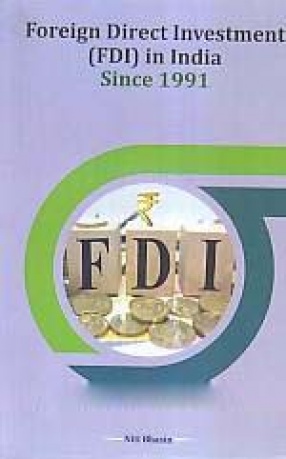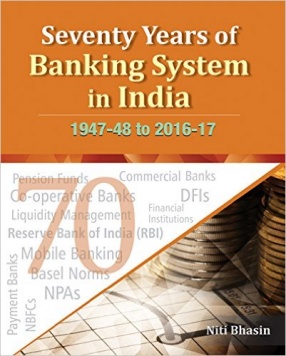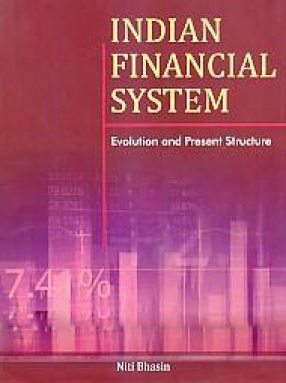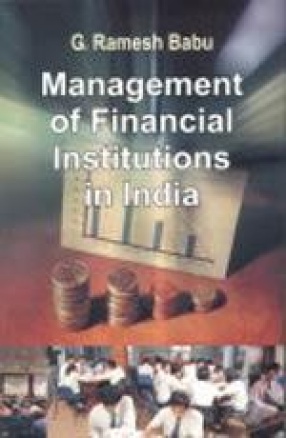Prior to economic reforms initiated in 1991, India’s financial system was characterized by barriers to entry, control over pricing of financial assets, high transaction costs and restrictions on movement of funds from one market segment to another. The mutual fund industry suffered from lack of competition and was dominated for long by one institution, namely the Unit Trust of India. It was in this backdrop that wide-ranging financial sector reforms were introduced as an integral part of the economic reforms programme started in early 1990s. financial sector reforms during the last decade and a half have focused on (a) elimination of segmentation across various markets in order to facilitate transmission of impulses across markets, (b) easing the liquidity management process and (c) making resource allocation more efficient across the economy. These reforms have paved the way for integration among various segments of the financial market. The new Government at the Centre, which assumed office in May 2004, has promised, through its Common Minimum Programme (CMP) announced on May 27, 2004, tht reforms in the financial sector would continue. The CMP has clearly indicated (a) special scheme to unearth black maney, (b) autonomy for public sector banks and (c) doubling the flow of rural credit. The present book explains and examines the changes which have swept the Indian financial system over the last 15 years or so. The approach to the subject is mainly descriptive, interspersed by critical comments at places.
Indian Financial System: Reforms, Policies and Prospects
In stock
Free & Quick Delivery Worldwide
reviews
Bibliographic information
Title
Indian Financial System: Reforms, Policies and Prospects
Author
Edition
1st. ed.
Publisher
ISBN
8177080776
Length
xii+228p., Notes; Appendices; Index; 22cm.
Subjects








There are no reviews yet.